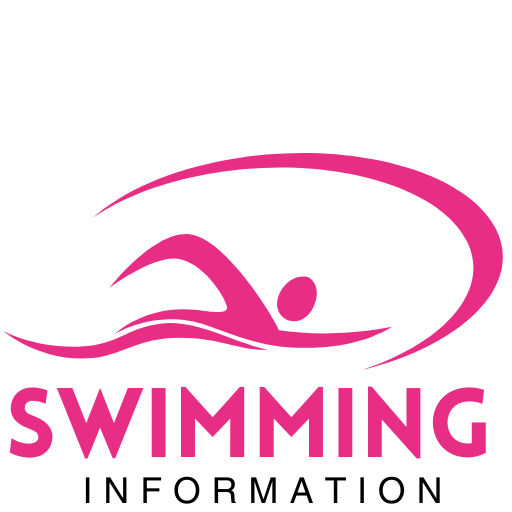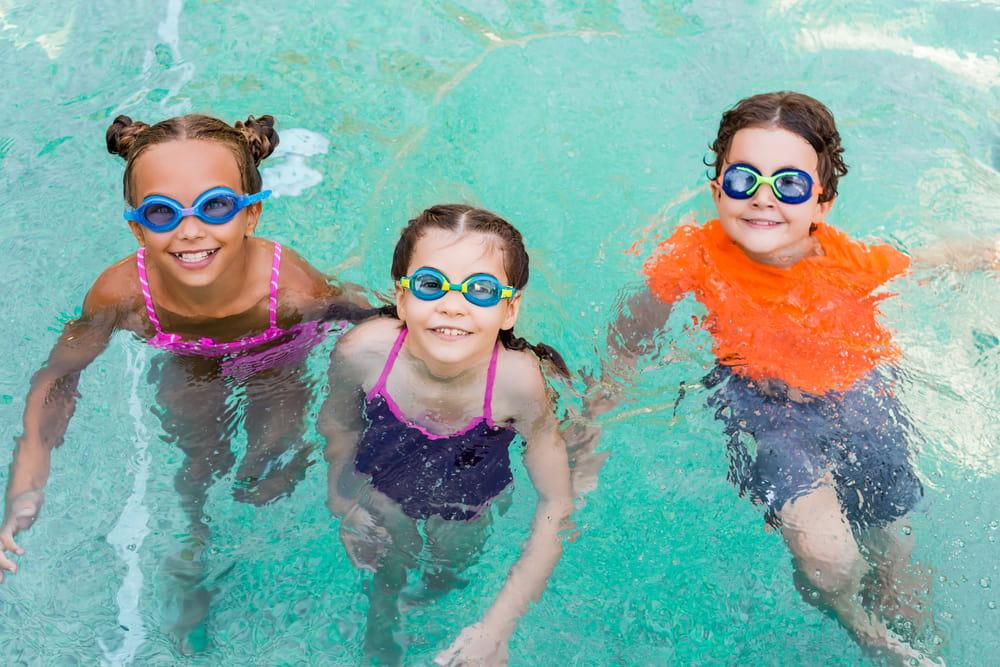As participation in traditional team sports declines among children, many parents and educators are seeking alternative activities that promote physical health, social skills, and confidence. Learning to swim has emerged as an ideal option for kids who shy away from or skip team-based athletics. Beyond building essential life-saving skills, swimming offers a unique combination of individual achievement and low-pressure social interaction, making it a perfect fit for children who prefer a more independent approach to physical activity. This article explores why swimming stands out as a beneficial and accessible sport for young non-team players.
The Benefits of Swimming for Independent-Minded Children
Swimming offers a unique space where children who prefer solitude or smaller group interactions can thrive. Unlike traditional team sports that often demand extensive collaboration and communication, swimming allows young individuals to set their own pace and focus on personal progress. The self-reliant nature of swimming fosters confidence by encouraging independent goal-setting and achievement, which can be especially empowering for children who may feel overwhelmed by the social dynamics of team environments.
Key benefits include:
- Enhanced self-discipline through measurable skill development
- Improved physical fitness without the pressure of competition
- Reduced social anxiety by providing an individual-focused activity
- Opportunity to develop mindfulness and concentration in the water
| Benefit | Why It Matters |
|---|---|
| Self-Paced Learning | Allows kids to progress without peer pressure |
| Personal Achievement | Boosts confidence through individual milestones |
| Stress Relief | Provides a calming environment to ease nerves |
| Skill Mastery | Encourages focus on technique and improvement |
Building Confidence and Physical Skills Without the Pressure of Competition
Swimming offers a unique environment where children can develop crucial physical skills at their own rhythm without the intensity often found in team sports. The water supports and cushions the body, allowing kids to build strength, balance, and coordination with less risk of injury. This low-impact activity enhances endurance and flexibility, making it an ideal option for young learners who prefer a gentler path to fitness and self-improvement.
Beyond physical development, the self-paced nature of swimming cultivates a deep sense of achievement. Without the looming presence of competition, children focus on personal goals rather than comparisons, which helps nurture a positive mindset and genuine confidence. Key benefits include:
- Mastering essential survival skills at a comfortable speed
- Establishing a healthy relationship with physical activity
- Encouraging mindfulness and concentration in a calming setting
- Building resilience through progressive skill challenges
| Skill Area | Benefit |
|---|---|
| Breath Control | Enhances focus and relaxation |
| Kick Strength | Improves lower body coordination |
| Arm Movement | Builds upper body strength |
| Floating Techniques | Increases balance and confidence |
How Parents Can Support Kids Transitioning from Team Sports to Swimming
Adjusting from the dynamic, high-energy environment of team sports to the individual rhythm of swimming can be a significant change for kids. Parents play a crucial role in making this transition smooth and positive. Encouraging children by celebrating progress, no matter how small, keeps motivation afloat. Recognizing swimming as both a personal challenge and an opportunity for self-paced growth helps kids embrace their new journey. Additionally, reinforcing a routine that balances practice with rest ensures physical and emotional well-being, mitigating the pressure often felt in competitive team settings.
Creating a supportive atmosphere at home can also be enhanced by engaging in swimming-related activities together. Parents might explore:
- Visiting local pools for casual swim days
- Watching inspiring swimming competitions as family events
- Learning about swimming techniques and sharing progress tracking charts
These gestures emphasize partnership and enthusiasm rather than competition. Below is a simple practice schedule example that parents and kids can customize to fit their lifestyle, promoting consistency without pressure:
| Day | Activity | Duration |
|---|---|---|
| Monday | Swimming Lessons | 45 minutes |
| Wednesday | Technique Practice | 30 minutes |
| Friday | Fun Swim & Relaxation | 60 minutes |
To Wrap It Up
In a landscape where team sports don’t appeal to every child, swimming emerges as a compelling alternative-offering both physical benefits and opportunities for personal growth. Its unique blend of individual focus and community support makes it an ideal choice for kids seeking activity without the pressures of team dynamics. As more parents and educators recognize these advantages, swimming is poised to become a favored path for children looking to stay active, build confidence, and develop lifelong skills outside the traditional team sports arena.





